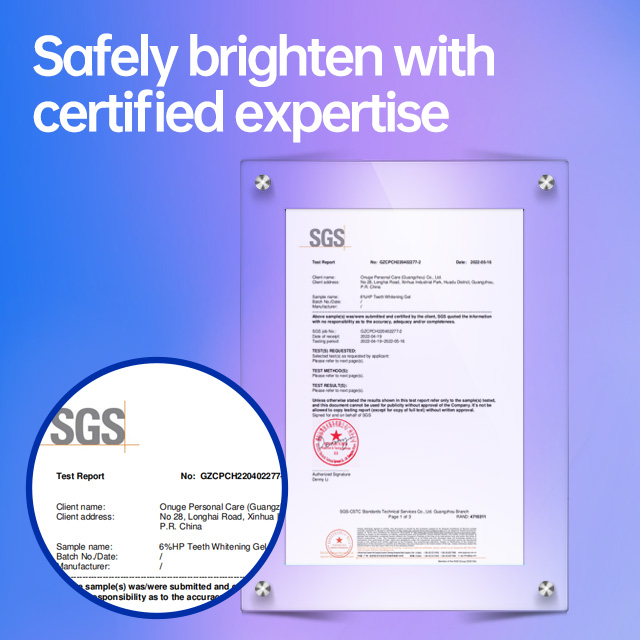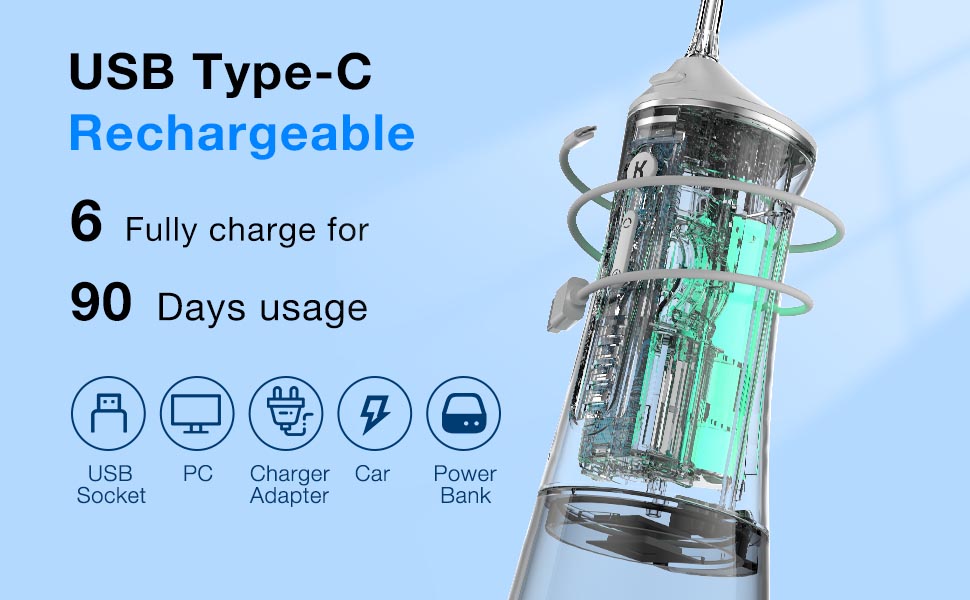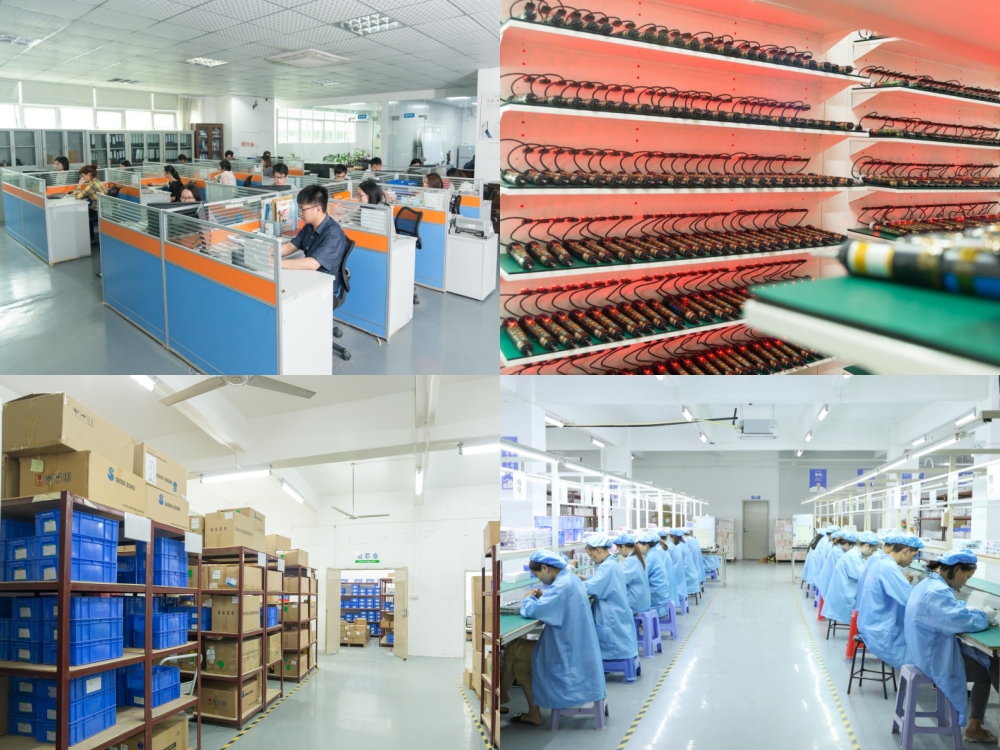When it comes to electronic personal care devices, especially electric toothbrushes and water flossers, two terms frequently appear in quality failure analysis: seal degradation and circuit corrosion. While they might seem like isolated issues, are they actually interconnected, forming a hidden failure chain? In this blog, we explore how deteriorating seals can directly lead to internal circuit corrosion, threatening product reliability and safety.
Seal degradation refers to the loss of integrity in sealing components, such as:
Over time, exposure to heat, humidity, chemical residues, and mechanical stress can cause these seals to harden, crack, or shrink. As a result, once-waterproof enclosures allow moisture ingress—an early sign of potential circuit corrosion.
Once moisture penetrates the housing, circuit corrosion risk increases:
Subtle at first, corrosion silently spreads until it triggers performance failures or total breakdown.
Seal degradation acts as the gateway event for circuit corrosion:
Therefore, poor sealing performance isn’t merely a cosmetic issue—it’s a direct enabler of electrical failure.
To stop seal degradation from leading to circuit corrosion, manufacturers should:
Each step fortifies both mechanical and electronic longevity.
Early detection of seal degradation requires:
Proactive seal quality control prevents circuit corrosion long before devices reach customers.
Ignoring the link between seal degradation and circuit corrosion results in:
For B2B brands targeting professional distributors or retail chains, robust sealing design is a must—not just for waterproofing claims, but for true internal electronics protection.
Are seal degradation and circuit corrosion linked? Absolutely. By recognizing seal failure as the root cause of many electronic malfunctions, manufacturers can prevent a significant portion of hidden reliability failures. Investing in advanced sealing technologies and corrosion-resistant circuit design ensures that your products remain safe, durable, and trusted by professional partners worldwide. Contact us
.jpg)
.jpg)

Adventure-Ready Electric Toothbrushes: Outdoor Toothbrush OEM Features for Outdoor Enthusiasts
.jpg)
Need a toothbrush manufacturer China that specializes in kids electric toothbrush?
Can Incorrect Brush Head Replacement Frequency Accelerate Enamel Wear?

The Key Technical Indicators Affecting the Cleaning Effect of the Water Flosser

The Higher the Frequency of the Electric Toothbrush, the Better the Cleaning Ability?

Enamel-Safe Whitening: OEM Products That Brighten Smiles Without Harm
.jpg)
Why Consumers Prefer electric vs manual toothbrush – And How Brands Can Benefit
Uneven Whitening Results: Is Enamel Damage Related to Improper Frequency Settings?

Orthodontic Electric Toothbrush Precautions – OEM Safety Features

Five Key Factors to Enhance the Competitiveness of Water Flosser Products
How to Deal with Sudden Tooth Sensitivity carefully?
-2-scaled.png)
Clinical Validation of Modern Teeth Whitening Technologies: A Guide for Oral Care Product Brands

Knowledge of Surface Treatment of Electric Toothbrush Handle Shell
Electric Toothbrush Subscription Service OEM | Recurring Revenue Model for Oral Care Brands
.jpg)
Queens toothbrush store — should it honor Long Island deals? A B2B Playbook for Seamless Cross-Borough Promotions
How to Keep Teeth Clean with Braces?

Customization Teeth Whitening Gel

Private Label Whitening Gel

electric toothbrush heads Ultra Soft
.jpg)
Florida Electric Toothbrush – Powsmart PTR-C8

electric toothbrush heads Charcoal Infuse-Round

Electric toothbrush heads Charcoal Infused-Diamond

electric toothbrush heads Deep Clean

electric toothbrush heads Regular Clean
whstapp
whstapp
National Toll-Free Service Hotline
+86 755 86238638